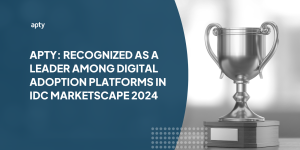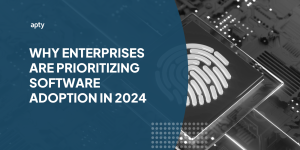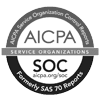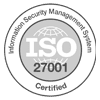Modern business demands a proactive approach to change management, especially in digital transformation. Implementing robust change Management initiatives becomes paramount as organizations endeavor to remain competitive and adapt to market demands, so implementing robust change strategies becomes Crucial.
Implementing a successful organizational change strategy demands a multifaceted approach, blending time, insights, data, effective communication, and meticulous planning. In the recent surge towards digital transformation—a shift that gained significant momentum during the pandemic—technology has become a cornerstone of organizational goals. This shift is underpinned by the rapid annual growth in technology, an uptick in enterprise SaaS expenditure, and the advent of new remote workforces, positioning a digital change management strategy as critical for minimizing costs, downtime, and resistance to new software systems.
According to SaaStr, today’s world of CI/CD releases sometimes requires weekly code updates to production – sometimes even daily. During major releases, you should expect 3-4 updates annually.
The complexities of digital transformation, particularly post-rollout, necessitate an increased reliance on change management Initiatives. Unlike traditional ones, digital transformation involves a comprehensive suite of strategies encompassing strategic planning, clear communication, and targeted training programs to facilitate smooth transitions across organizational changes such as mergers, acquisitions, and software updates.
Most organizational change management initiatives remind us of the story about the frog in a well. A Chinese idiom or proverb means a vacuum approach or views limited by one’s experiences. This siloed approach worsens and becomes apparent when departments have different goals and initiatives. Each department views itself as the top organization in its respective field and is not open to change. This causes concern for any organization as a strategy should be unifying, holistic, and achieved together – not siloed decision-making with battles for priority positioning. Traditional change management initiatives are outdated.
According to a Forbes study – 70% of change efforts fail outright – often due to employee resistance to change.
What are change management initiatives?
Change management initiatives involve employing a structured process and specialized tools to navigate the human aspects of change towards a predetermined outcome. These initiatives are geared towards fostering employee engagement, facilitating adoption, and driving the implementation of changes that optimize work environments, job roles, or operational processes. Ultimately, the goal is to empower employees to embrace change, enhance insights, boost visibility, improve productivity, and gain a competitive advantage.
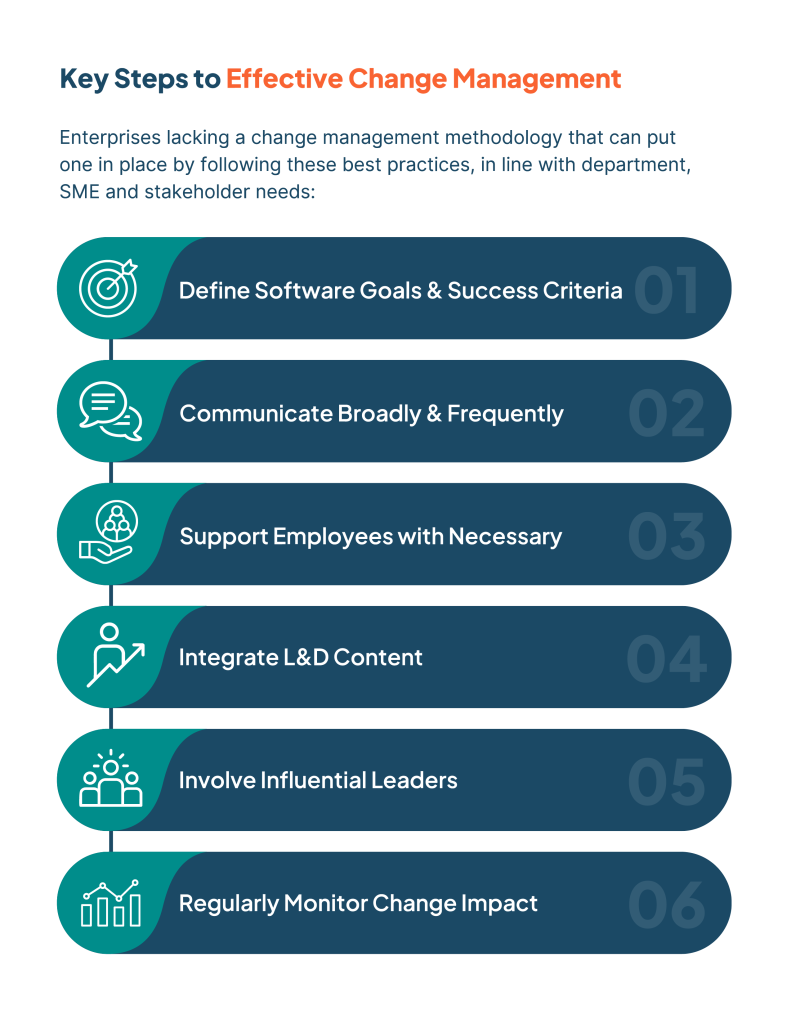
Businesses prioritizing cultural transformation are 5X more likely to achieve breakthrough performance than those not. This shows that sharing clear dialogue, vision, feedback loops, and goals with your teams to change mindsets and embrace digital adoption proves successful in overall change management initiatives. A part of that is helping employees with digital adoption through in-app guidance for a more positive user experience, continuous training communication, and direct associations with how a digital transformation can improve their daily tasks.
Digital Change Management Initiative Takeaways
- Digital technologies can increase progress toward company goals by 22% – Deloitte
- According to a Gartner study, 56% of CEOs believe that digital advancements have resulted in revenue growth.
- 55% of businesses without a digital transformation feel they have less than a year before losing market share.
- Implementing digital technology accelerates organizational progress by 22%.
- Digital-first companies are 64% more likely to achieve their business goals than their peers.
- 45% of CEOs believe their organization lacks the necessary technologies to carry out a digital transformation.
- Although 87% of businesses believe digital will disrupt their industry, just 44% are prepared for a possible digital disruption.
- Digital skills are vital in today’s workplace. According to the World Economic Forum, 54% of all jobs will need significant retraining.
Read More: 101 Stats on Digital Transformation & The Enterprise Employee Experience
Understanding Change Management Initiatives

Change management initiatives are structured endeavors designed to navigate employees through transitions within an organization. These strategies aim to ease the adoption of new processes, technologies, or structural changes by effectively communicating the rationale behind the change, actively engaging employees, and offering the support and resources needed for a seamless transition.
5 Ways to Lead a Successful Change Management Initiative
1. Empower Your Audience
Traditional approaches to selling organizational visions are becoming obsolete. Today, individuals seek to understand the personal benefits of change. Effective change management involves illustrating how changes can empower employees, enhance their work processes, and offer opportunities for career advancement. Utilize personalized messaging and compelling narratives to map out their journey to success.
2. Assemble Your Champions
Embarking on change alone is a daunting task. Identify and recruit internal influencers who are vested in the initiative’s success. These should be individuals who complement your expertise and can amplify the change’s impact across the organization. Their genuine engagement can transform the initiative from a solitary venture into a collective mission.
3. Capitalize on Early Wins
Seek out opportunities for early wins that deliver significant value with minimal effort. These initial successes prompt the question, “Why didn’t we do this sooner?” and build excitement and momentum. Such achievements act as a lubricant, easing the resistance to further change.
Read More: Top 4 Change Management Best Practices
4. Showcase Success
Achieving milestones is not the end but a platform for further action. Publicize both your successes and those of your team, recognizing contributions genuinely. This recognition bolsters morale and encourages a culture of continuous improvement and collective achievement, reinforcing the value of the implemented changes.
5. Implement new process
The only constant is change. Embrace this by continually updating processes, whether through the introduction of new technologies, methodologies, or organizational structures. Anticipate and address resistance by emphasizing the benefits and support available, ensuring the transition not only takes hold but also paves the way for future innovations.
Learn More: Twitter vs Tesla Change Management Strategies: The Good, The Bad, and The Ugly
4 Change Management Initiative Examples
I. Microsoft
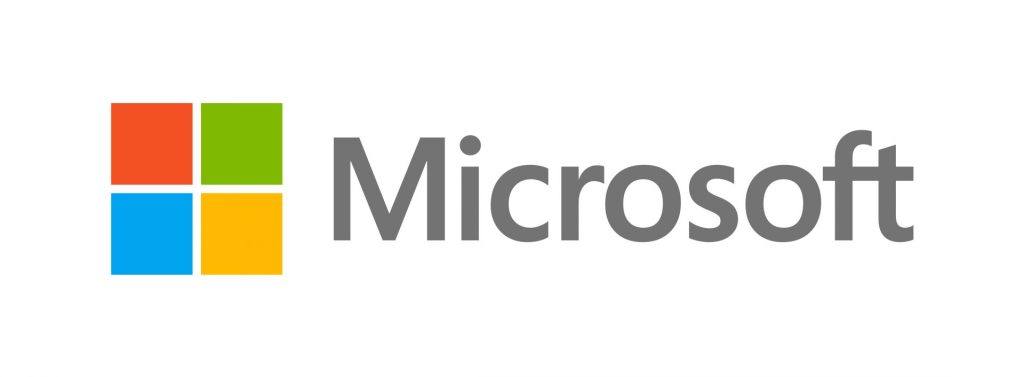
Microsoft, the global behemoth in technology, faced significant internal challenges due to its corporate structure. Under the leadership of Satya Nadella, the company underwent a monumental restructuring. Embracing a customer-first approach, Microsoft shifted from mandating Windows usage to meeting consumer demands more flexibly. This strategic pivot caused Microsoft’s stock to surge and significantly enhanced its products’ success.
When he took charge initially, Nadella said, “Renewing our company’s culture would be my highest priority.”
II. British Airways
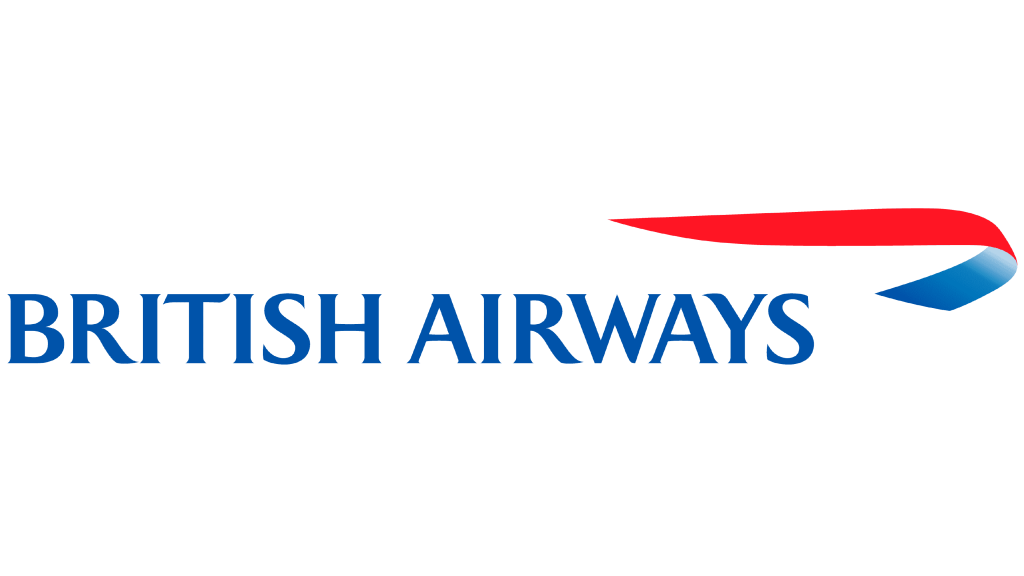
In early 1981, British Airways discovered that the company could have been more efficient and that many valuable resources were wasted. A prominent figure of British Airways at that time – Mr. John King, took the initiative to restructure the entire business by implementing the change management initiative. He cut down the unprofitable routes by Airways, fired more than half of the board, and replaced the older engine with modern jets.
Down the line, his efforts bore fruits; his successor, Martin Broughton, paid tribute to King for his role in the transformation. He also said – “Lord King transformed the airline from a position of state-owned weakness to one of financial strength and global renown as a pioneer privatized carrier.”
Delve More: The Digital Transformation Evolution of the Airline Industry
III. Nokia
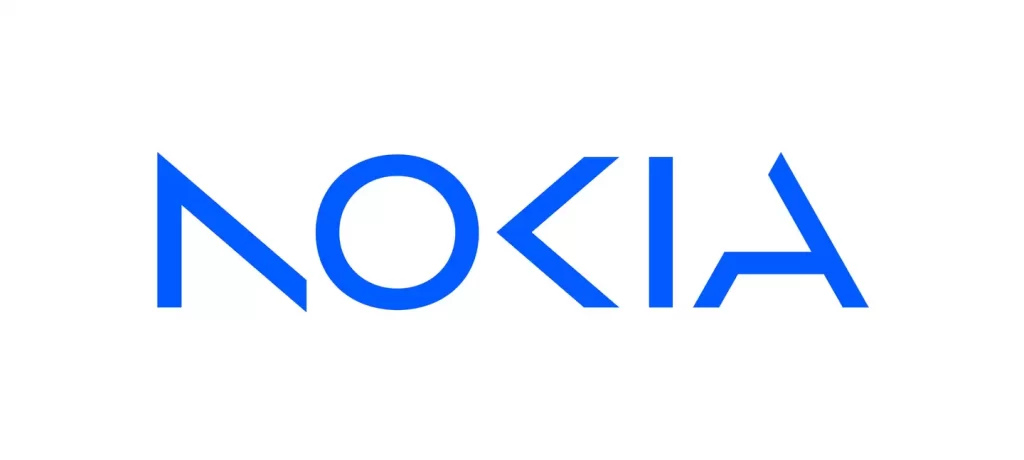
Once the dominant force in the mobile phone market, Nokia faced a steep decline with the rise of smartphones. The company was burning cash, and operating losses were more than $2 billion in the first six months of 2012 alone.
In 2008, the Nokia Booster Program was launched to realign the company’s strategy with the rapidly evolving market demands and technology. Nokia salvaged its position by streamlining its divisions and focusing on fewer, more impactful business units.
As a result, Nokia’s shareholder value increased by billions, and the company became a full-service infrastructure supplier. Nokia’s incredible transformation from a near-bankrupt electronics maker to a dominant technology company demonstrates how large organizations can adapt to severe disruptions by reinventing themselves. It emerged as a key player in technology infrastructure, showcasing its capacity for profound organizational reinvention.
Read More: How to Build a Fool-proof Change Management Plan with Apty DAP
IV. Coco – Cola

New Coke could not catch on with consumers and could have succeeded. Coca-Cola quickly substituted the previous recipe in its place. In this case, the brand reacted rapidly to consumer preferences, preserving the product’s attraction.
Even World War II may be traced back to it. Coca-Cola immediately promoted itself as a symbol of the US war effort by giving away complimentary refreshments to soldiers. This helped the company’s post-war global expansion strategy.
Coca-Cola created Enviga, Diet Coke, and Coca-Cola Zero to cater to this target population in response to rising health consciousness. To suggest that the Coca-Cola Company has faced significant change management issues would be an understatement.
Read More: 4 Successful Enterprise Change Management Examples
The Role of Digital Adoption Platforms (DAPs) in Change Management
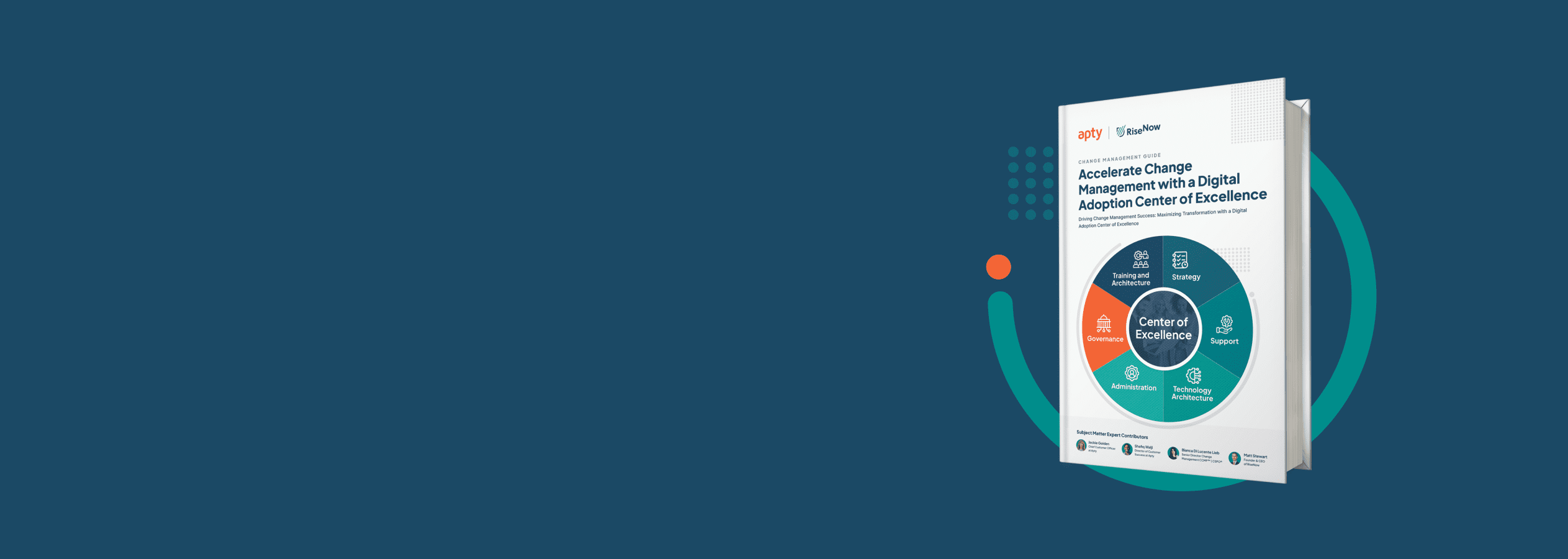
eBook DOWNLOAD: ACCELERATE CHANGE MANAGEMENT WITH A DIGITAL ADOPTION CENTER OF EXCELLENCE
“Current inflationary pressures and macroeconomic conditions are having a push and pull effect on cloud spending,” said Sid Nag, Vice President Analyst at Gartner. Cloud computing will continue to be a bastion of safety and innovation, supporting growth during uncertain times due to its agile, elastic, and scalable nature.
“Yet, organizations can only spend what they have. Cloud spending could decrease if overall IT budgets shrink, given that cloud continues to be the largest chunk of IT spend and proportionate budget growth.” – Gartner
With the changing economy, smaller teams, and added pressure to do more with less, CIOs and CTOs spend much time evaluating software shelfware, SaaS sprawl, and software updates and rollouts to help teams run more efficiently and cost-effectively.
A Digital Adoption Platform (DAPs) is a software solution designed to streamline the adoption and utilization of digital tools and technologies within an organization. DAPs offer interactive guidance, step-by-step walkthroughs, and contextual support to help employees navigate new systems efficiently. Here’s how DAPs can play a pivotal role in change management initiatives:
- Enhanced User Experience: DAPs simplify the user experience by providing real-time guidance and support directly within the digital tool. This eliminates confusion, reduces learning curves, and increases user confidence, thus accelerating adoption.
- On-demand Training and Support: DAPs offer self-paced training modules and contextual support resources that employees can access whenever needed. This empowers employees to learn at their own pace, reinforcing their understanding of the change and minimizing the knowledge gap.
- Personalized Learning Paths: DAPs enable personalized learning paths based on individual, organizational roles and responsibilities. This targeted approach ensures employees receive the relevant training and support, increasing their engagement and adoption of the change.
- Performance Tracking and Analytics: DAPs provide valuable insights into user behavior, allowing organizations to track user engagement, identify bottlenecks, and make data-driven decisions. These analytics help refine the change management plan and optimize training efforts.
Read More: The Future of Digital Adoption Platforms (DAPs)
Organizational Change Management with ITSM
Organizational Change Management (OCM) with IT Service Management (ITSM) focuses on managing change specifically within the realm of technology implementation. ITSM encompasses the policies, processes, and tools used to deliver, manage, and support IT services within an organization.

Introducing new technologies or modifying existing ones can be disruptive, and without proper change management, it can lead to employee resistance, reduced productivity, and even project failure.
Change Management Best Practices for ITSM
Implementing change management best practices can significantly increase the chances of successful technology adoption within an organization. Here are some key strategies:
a) Clear Communication: Effective communication is crucial to gain employee buy-in and create awareness about the change. Communication should be consistent, transparent, and tailored to different stakeholder groups.
b) Stakeholder Engagement: Involving critical stakeholders throughout the change process helps to address concerns, gather feedback, and create a sense of ownership. Their active participation fosters a culture of collaboration and promotes smoother adoption.
c) Training and Support: Providing comprehensive training and ongoing support is essential for employees to understand and effectively use the new technology. This ensures a smooth transition and minimizes the resistance often associated with change.
d) Change Champions: Identifying and empowering change champions within the organization can drive adoption and foster a positive attitude towards change. These individuals can serve as their peers’ advocates, trainers, and mentors.
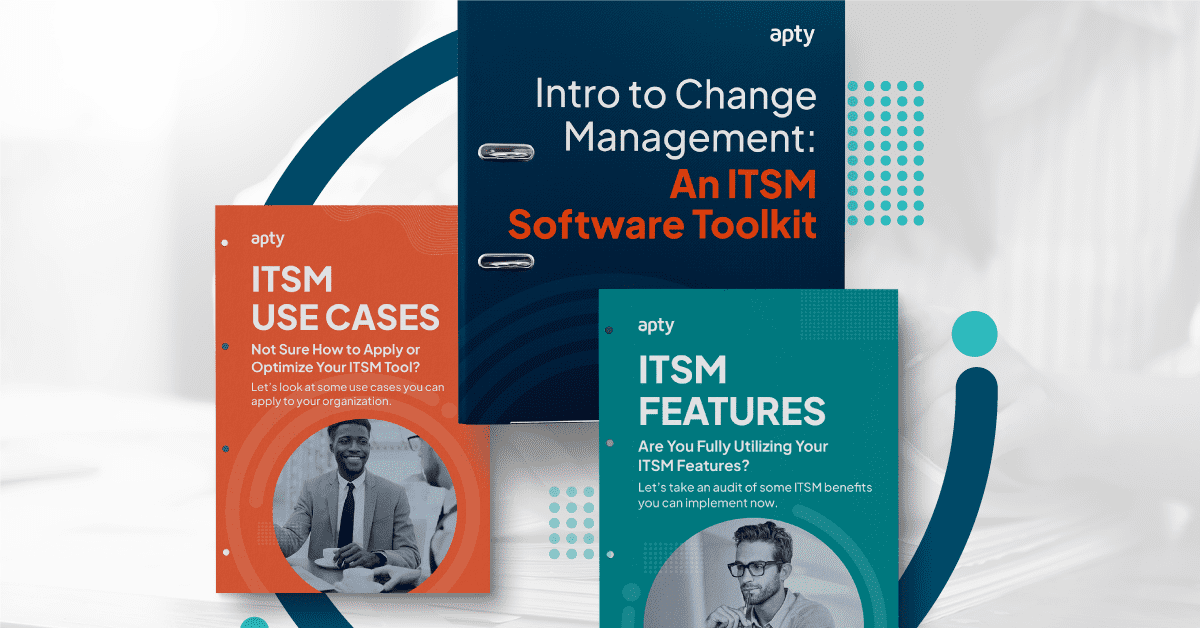
Download Apty’s ITSM Software Toolkit
The Role of a Digital Adoption Platform in ITSM Change Management
A Digital Adoption Platform (DAP) is a software solution that helps organizations maximize the value of their digital investments. In ITSM change management, a DAP can play a pivotal role in facilitating the adoption of new technologies. Here’s how:
- Onboarding and Training: A DAP provides users with interactive and personalized on-screen guidance, simplifying the onboarding process and reducing the learning curve associated with new technology. It offers step-by-step instructions, tooltips, and contextual guidance, ensuring employees have the support to navigate the changes seamlessly.
- Continuous Learning: Change is not a one-time event; continuous learning is crucial to keep up with evolving technologies. A DAP can deliver targeted training modules and in-app learning content, allowing employees to access information when they need it, thus fostering a culture of continuous improvement.
- Performance Support: Employees often encounter roadblocks or struggle with unfamiliar tasks when implementing new technologies. A DAP can provide real-time, context-sensitive support, offering instant answers to queries and troubleshooting tips. This reduces frustration and increases productivity, enhancing the overall change management process.
Learn More: 6 Key Features of ServiceNow Change Management
Organizational Change Management with HCM
Organizational Change Management with Human Capital Management (HCM) focuses on managing change within the workforce, including changes in organizational structure, roles and responsibilities, and talent management.

Human Capital Management encompasses processes related to recruitment, performance management, employee development, and more. Effectively managing these changes is crucial for maintaining employee engagement, job satisfaction, and productivity.
Change Management Best Practices for HCM
To successfully manage change within an organization’s human capital, it’s essential to implement change management best practices. Here are some key strategies:
- Leadership Alignment: Leadership plays a critical role in change management. When leaders are aligned and actively involved in the change process, they set a positive example for employees and encourage participation. Clear communication from leaders helps to build trust and minimizes resistance.
- Employee Involvement: Including employees in the change process by seeking their input, involving them in decision-making, and providing opportunities for feedback helps create a sense of ownership and empowers them to embrace the change.
- Talent Management: During periods of change, it is important to assess the skills and capabilities required for success in the new environment. This may involve retraining, upskilling, or redeploying employees to align with new roles and responsibilities.
- Recognize and Celebrate Success: Recognizing and celebrating milestones and successes throughout the change process boosts morale and reinforces positive behavior. It helps create a supportive environment where employees feel valued and appreciated.
The Role of a Digital Adoption Platform in HCM Change Management
Digital Adoption Platforms (DAPs) can also be instrumental in managing change within Human Capital Management. Here’s how a DAP can help:
- Role Transition and Skills Development: Employees may face role transitions or new responsibilities during organizational change. A DAP can provide personalized, on-screen guidance that supports employees in adapting to their new roles. It helps them understand their tasks, workflows, and required skills, reducing the learning curve and facilitating a smooth transition.
- Performance Support and Feedback: A DAP offers real-time performance support, ensuring employees access the right information at the right time. It helps them overcome challenges, provides immediate feedback, and guides them toward optimal performance, ultimately increasing their job satisfaction and productivity.
- Employee Engagement and Wellness: Change can create employee stress and anxiety. A DAP can provide self-help resources, well-being tips, and information on support services. It fosters a supportive environment, emphasizing employee well-being and helping them navigate the change process more effectively.
Embracing Change: Revolutionizing Organizations through Effective Change Management and Digital Adoption Platforms
Effective change management initiatives are pivotal for businesses aiming to flourish in today’s market, with the integration of Digital Adoption Platforms (DAPs) playing a crucial role in overcoming challenges, enhancing employee engagement, and driving sustainable growth. The essence of organizational change management lies in the seamless transition facilitated by strategic communication, stakeholder engagement, and targeted training programs. These elements cultivate a culture of transparency and collaboration, aligning employees with the organization’s vision and ensuring a unified approach to change.
Adopting best practices in change management, such as maintaining open lines of communication, involving stakeholders at every level, and continually evaluating the impact of change efforts, enables organizations to adeptly manage transitions. This approach tracks progress and swiftly addresses issues, optimizing the success of technology adoption and process improvement. However, the path to effective change management may encounter obstacles like resistance to change and knowledge gaps, where Digital Adoption Platforms become indispensable by enhancing the user experience and providing personalized, on-demand training and support.
Prioritizing change management initiatives and leveraging the capabilities of Digital Adoption Platforms, organizations position themselves to navigate the complexities of transformation successfully. This strategic combination promotes agility, facilitates digital transformation, and underpins sustainable organizational growth. In a world where change is constant, embracing these initiatives and tools equips businesses to not only withstand but thrive amid uncertainties and disruption, setting a course for long-term success in a competitive market.

